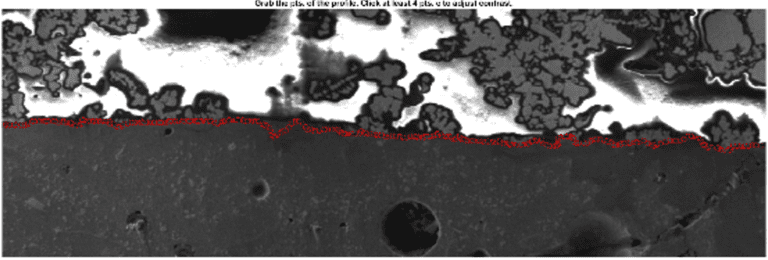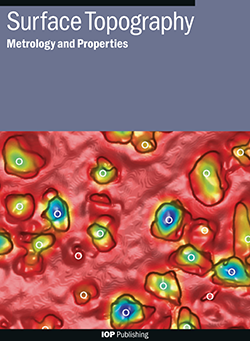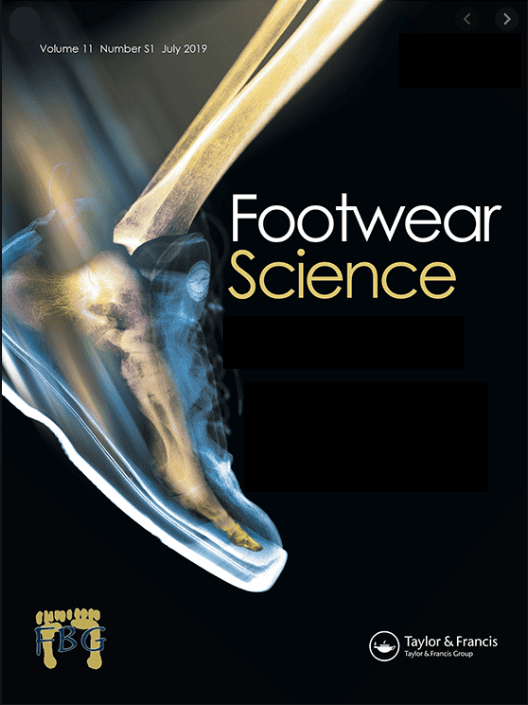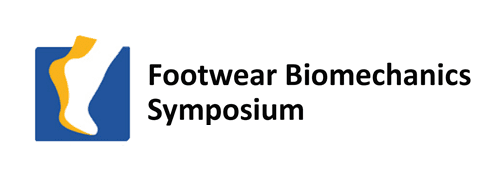

Occupational Injury Prevention
Postural Control & Fall Prevention
Postural Control & Fall Prevention
Reducing Slip-and-Fall Accidents in the Workplace: Role of Small-Scale Roughness of Floor Surfaces to Improve Friction
Fall-related injuries affect 140,000 workers annually, costing $10 billion in Workers’ Compensation. Flooring design could prevent half of these incidents. However, current methods fail to predict friction, hindering innovation. This R21 project funded by the National Institute for Occupational Safety and Health (NIOSH) aims to measure small-scale floor topography and develop a mechanics-based friction model. Aim 1 assesses topography’s impact on shoe-floor friction and Aim 2 creates a predictive model across length scales. This research aims to improve workplace safety through evidence-based high-friction flooring development.
People


Graduate Student
Undergraduate Student
Year Graduated: 2024
Henry Ing
After HMBL
University of Oregon
Publications

Peer-Reviewed Article
2024
Surface Topography: Metrology and Properties
Evaluating scanning electron microscopy for the measurement of small-scale topography

Peer-Reviewed Article
2024
Tribology International
The need for better metrics for floor-tile topography: Conventional metrics correlate only modestly with shoe-floor friction

Peer-Reviewed Article
2023
Footwear Science
Shoe-floor friction is predicted by high-frequency material properties and small-scale floor topographical features

Conference Proceeding/Abstract
2023
Footwear Biomechanics Symposium
Shoe-floor friction is predicted by high-frequency material properties and small-scale floor topographical features
